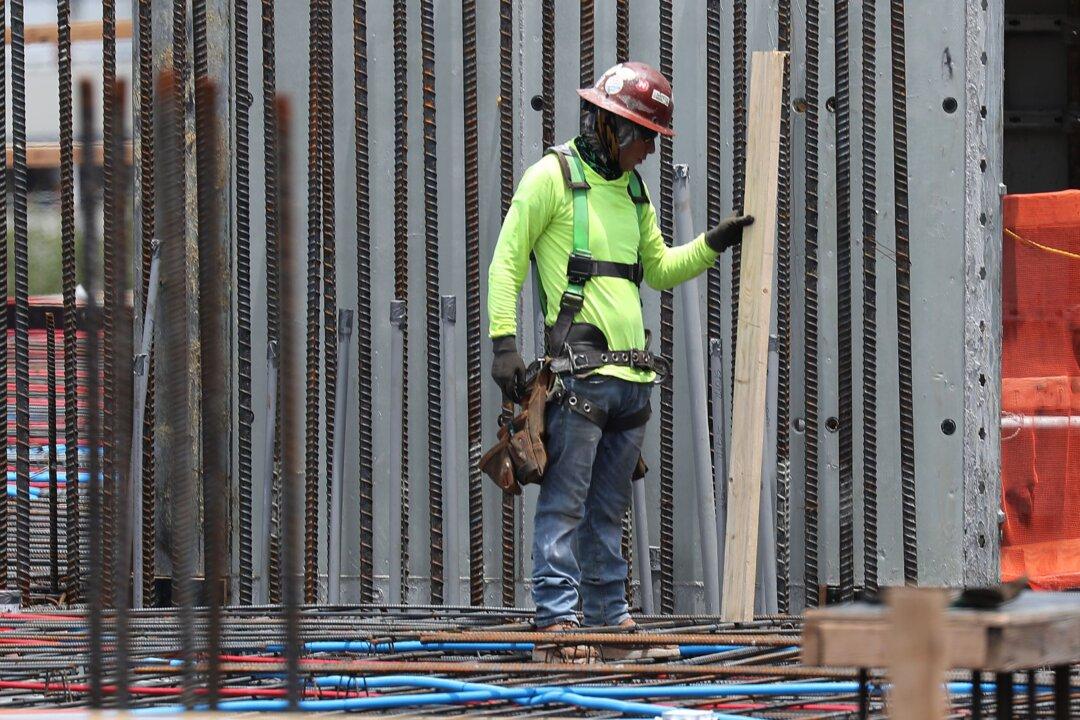Private employers added 27,000 job in May, the fewest since March 2010, according to the ADP National Employment Report released June 5.
The unusually low number fell far below the 123,000-230,000 private job gain expected from the ADP report by economists surveyed by Reuters. It contrasted with the data released June 5 by the Institute for Supply Management (ISM), which showed that services sector activity expanded at a brisk pace in May and industries hired more workers.





